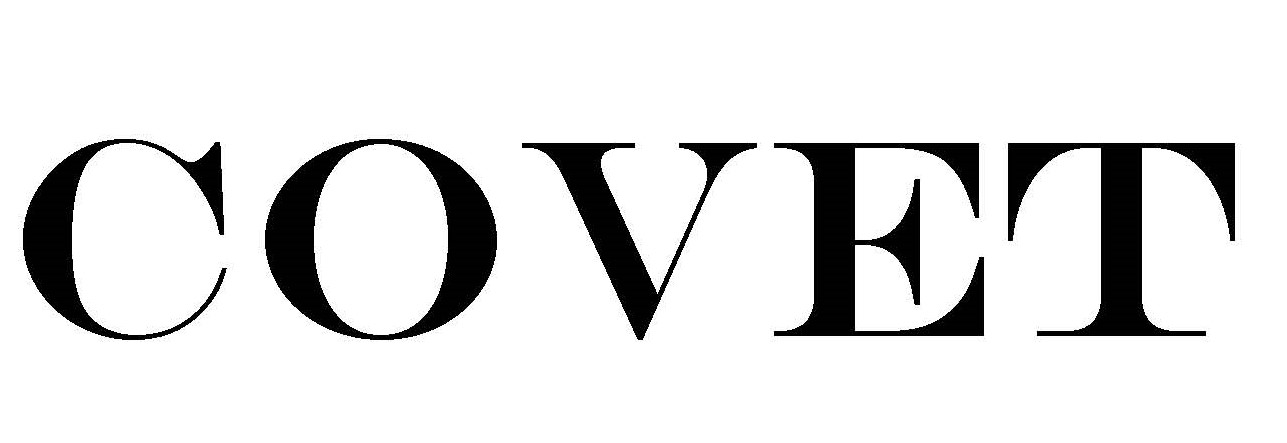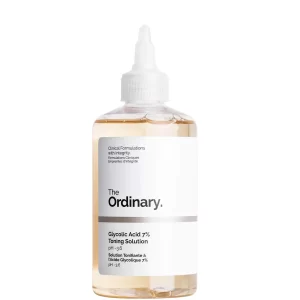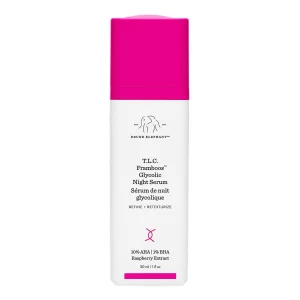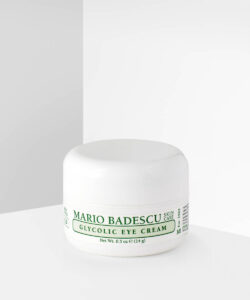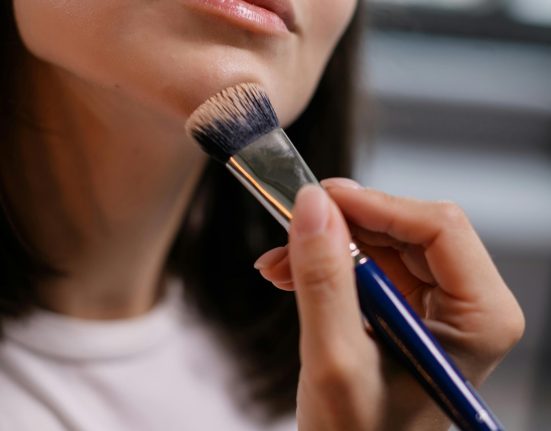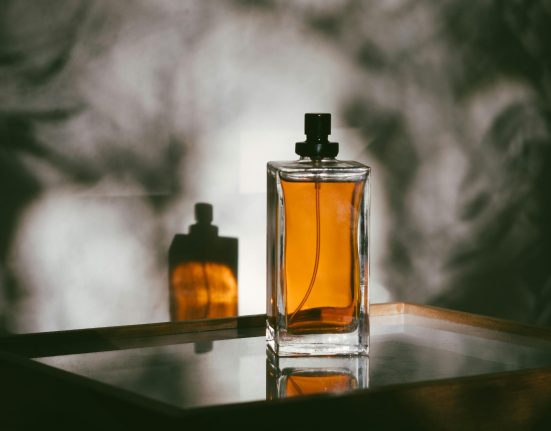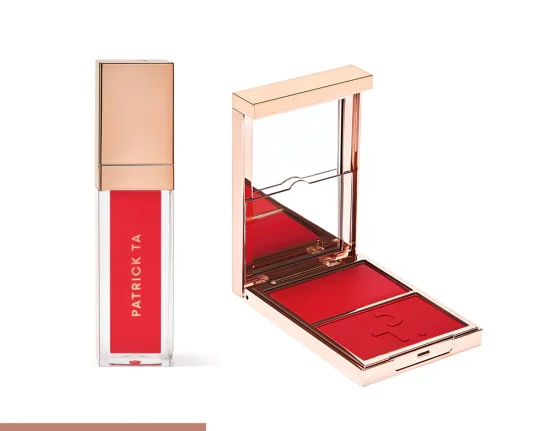Glycolic acid is a summer skin must-have, but most of the time not taken seriously. Glycolic acid is great for brightening the skin in the summer season and if you struggle with textured skin, it’s also great for refining large pores and clearing breakouts. It’s a gentle chemical exfoliator that reduces fine lines, wrinkles, blemishes, etc.
Glycolic acid is an active ingredient that comes in the form of toners, cleansers, serums, and part of ingredients in a moisturiser. It has the ability to penetrate into deeper layers of the skin called the dermis (a layer deeper than the epidermis where collagen is secreted by fibroblast cells), to promote collagen synthesis/production.
But how can glycolic acid be incorporated into any skincare routine? I will say before incorporating it into your skin regime, it’s good to know that glycolic acid belongs to the family of chemical exfoliants known as AHA acids (Alpha Hydroxy Acids), which are mostly derived from sugar cane, and there are other types of AHAs – lactic, citric and mandelic acids. It works by loosening the glue that holds dead skin cells on the skin’s outer surface, (stratum corneum), hence revealing fresher skin cells that lead to younger-looking skin.
It’s the best acid amongst all the AHAs because it carries the smallest molecular structure of all AHAs, which explains why it’s able to penetrate deeper into layers of the skin and its effectiveness. If you suffer from breakouts it’s the best for treating it compared to salicylic acid which can often be found drying.
The common question asked is if it can be used every day, some skincare brands say yes while some say every other day, but according to dermatologists, overusing it in high strength can lead to irritation, no matter how robust your skin can be, and combining it with other acids, can be very dangerous. Here’s the breakdown of this, there’s nothing wrong with using Glycolic acid at high strength but cannot be used too frequently, which explains why some brands say every other day, while some say at a milder strength can be used every day.
Over-exfoliation can destroy the skin protective barrier, – the skin protective barrier can be imagined as brick of walls that prevent skin nutrients from escaping the skin, and over-exfoliating can strip the skin of its goodness that can lead to drying, and dry skin is the first sign of knowing your skin protective barrier has been destroyed, and when destroyed, dryness, redness, blemishes, acne are the consequences. Using a high strength (high percentage) Glycolic acid every day is over-exfoliating.
Another question that comes to mind is if glycolic acid is suitable for all skin types, the answer is that it works well and is very effective on normal, combination, and oily skin. But if you have sensitive skin, please start with low strength and use at a gradual frequency, be wary of diving straight into using it as it can cause irritation
When just starting out, start with low/mild strength glycolic acid (8%-15%) once a week, if all is well then increase to twice a week, if all is still well then increase to three times a week, and this should be enough to achieve your skin care goals (you can also increase the strength at this stage if all is well at trice a week but also start with gradual frequency). If your skin is ultra-smooth and very wavy, it’s a sign you’re using too much, stop and re-strategise, if your skin becomes flaky, red, and fragile, stop the use and see your dermatologist. Nevertheless, always consult your dermatologist before starting something new or have sensitive reactive skin.
Finally, the key points to hold onto when incorporating glycolic acid into your skincare routine are;
- Glycolic acid cannot be used with retinoids and niacinamide because they clash and can make your skin to be too sensitive. so space them out, pick a week for glycolic acid, another week for retinoids, and another for niacinamide, with this you help your skin to heal and gain back its natural rhythm.
- Always wear your sunscreens during the day, because glycolic acid effectively strips away the upper layer of the skin, which can make it more sensitive to sunshine and its rays
- Seasonality can make your skin more sensitive, especially in the autumn-winter season when there is up-down central heating temperature, so pay careful attention to how often you use it in situations like this.
- Glycolic acid is safe to use during pregnancy at low concentrations (great for hormonal dullness and breakouts), but still, check with your doctor before embarking on using it.
- Pay attention to the PH of your chosen glycolic acid, as the higher the PH the lower the strength of your glycolic acid (which minimises the risk of skin irritation), the ideal PH should be between 3 – 4 which usually means the strength stated on the bottle is true.
- Dark skin types should be careful as it can cause a burn when used at higher strength because it changes the PH of the skin, if your skin finds it intolerable, you may want to consider lactic acid as an alternative.
- If you’re new to glycolic acid, it’s good to start using it through a cleanser, because glycolic acid is easily deactivated with water meaning it won’t come in contact with the skin for too long and is quickly washed off, so the gentlest way to use is through cleansers, once your skin has acclimatised, then you can move on to the ‘stay on’ formulations in the form of serums, toners, moisturisers, etc where its concentration is a little bit higher. The ideal percentage of glycolic acid is between 8% to 15% which is safe to use three times a week, anything higher (which will naturally yield more intensive results and offer an instant skin glow), usually should be once or twice a week and mostly by professionals.
Discover the 6 best glycolic acid skincare products to incorporate into your skincare routine:
